Home>Home Appliances>Home Automation Appliances>Why Was Alexa Invented
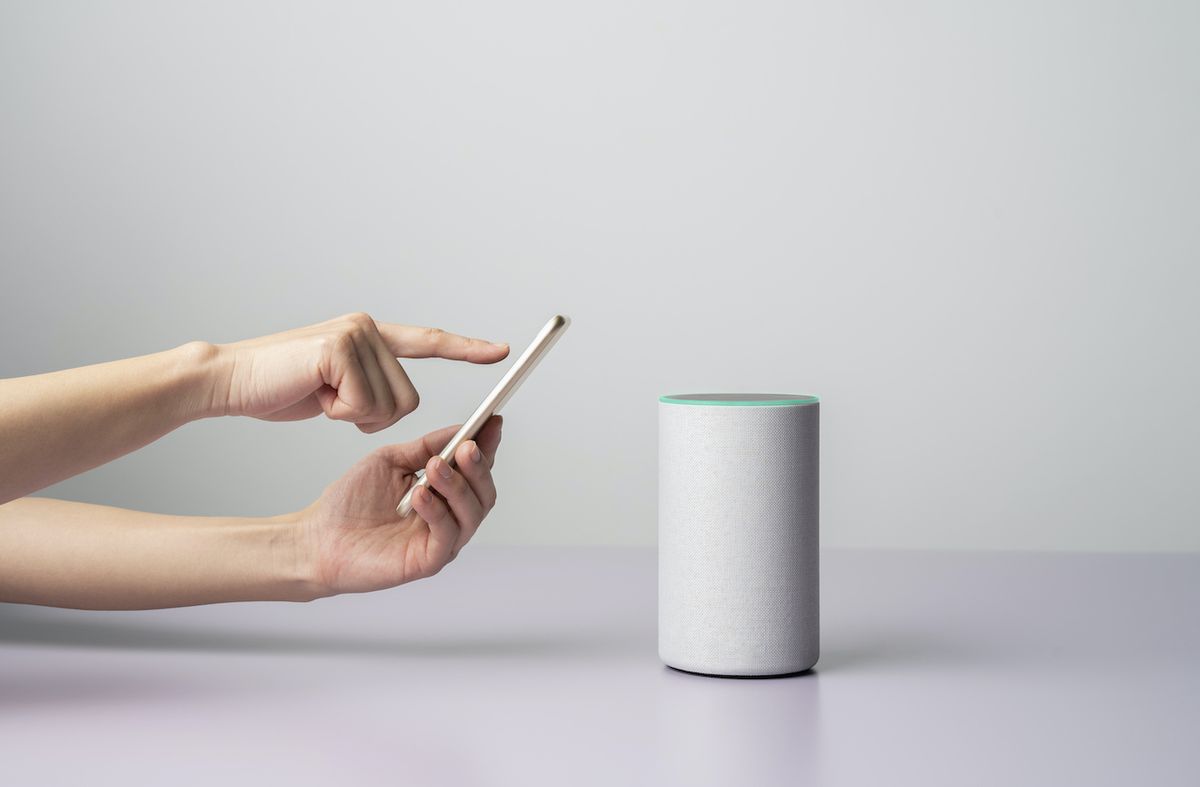

Home Automation Appliances
Why Was Alexa Invented
Modified: October 18, 2024
Discover the purpose behind the creation of Alexa and its impact on home automation appliances. Learn how this innovative technology has revolutionized the way we interact with our smart devices. Find out more about the history and benefits of Alexa.
(Many of the links in this article redirect to a specific reviewed product. Your purchase of these products through affiliate links helps to generate commission for Storables.com, at no extra cost. Learn more)
Introduction
Imagine a world where your home responds to your every command, where you can control your appliances, lights, and security systems with just the sound of your voice. This futuristic vision has become a reality through the invention of voice-activated technology, and at the forefront of this revolution is the innovative device known as Amazon Alexa.
From its humble beginnings as a voice assistant, Alexa has evolved into a sophisticated smart home hub, capable of seamlessly integrating with a myriad of home automation appliances. In this article, we will delve into the fascinating journey of voice-activated technology, the emergence of smart homes, the evolution of artificial intelligence, and the pivotal role played by Amazon in shaping the landscape of voice technology.
Join us as we unravel the story behind the creation of Alexa and explore the profound impact it has had on modern living.
Key Takeaways:
- Voice-activated technology like Amazon Alexa was invented to make life easier by allowing people to control their homes with just their voice, making tasks hands-free and more accessible.
- Smart homes, powered by voice-activated technology and artificial intelligence, are reshaping the way we live, offering convenience, energy efficiency, and personalized experiences for a more connected future.
Read more: Why Were Tablecloths Invented
The Need for Voice-Activated Technology
In a fast-paced world where convenience is paramount, the demand for seamless and intuitive technology has never been greater. Voice-activated technology emerged as a solution to simplify daily tasks and streamline interactions with electronic devices. The ability to control appliances, gather information, and execute commands through natural speech has revolutionized the way we interact with our surroundings.
One of the key drivers behind the need for voice-activated technology is the desire for hands-free operation. In an era where multitasking is the norm, the ability to perform tasks without physically engaging with a device has become increasingly valuable. Whether it’s adjusting the thermostat while cooking, setting reminders while getting ready for the day, or playing music without having to reach for a remote, voice-activated technology offers unparalleled convenience.
Furthermore, voice commands cater to individuals with mobility impairments, making technology more accessible and inclusive. By enabling users to control their environment through verbal prompts, voice-activated devices empower individuals with limited mobility to independently manage various aspects of their daily lives.
Another crucial aspect driving the need for voice-activated technology is the quest for seamless integration within smart homes. As the Internet of Things (IoT) continues to expand, the ability to effortlessly connect and control a myriad of smart devices has become a priority for homeowners. Voice-activated assistants, such as Alexa, serve as the central interface for managing interconnected appliances, lighting systems, security cameras, and entertainment devices, offering a unified and user-friendly smart home experience.
Moreover, the natural language processing capabilities of voice-activated technology have transformed the way we seek information and interact with digital assistants. By understanding and responding to conversational prompts, these devices have redefined the search and retrieval of information, making the process more intuitive and conversational.
As society continues to embrace the digital age, the need for voice-activated technology becomes increasingly evident. Its ability to enhance convenience, accessibility, and integration within smart homes has positioned voice-activated technology as an indispensable component of modern living.
The Rise of Smart Homes
The concept of smart homes has evolved from a futuristic notion to a tangible reality, reshaping the way we interact with our living spaces. At the heart of this transformation is the integration of advanced technologies that optimize comfort, convenience, and efficiency within residential environments.
Smart homes are characterized by interconnected devices and systems that can be remotely monitored and controlled. This interconnectedness facilitates a seamless and automated living experience, allowing homeowners to manage various aspects of their homes with unprecedented ease.
One of the pivotal elements driving the rise of smart homes is the increasing availability and affordability of smart devices. From smart thermostats and lighting systems to security cameras and kitchen appliances, the market is teeming with a diverse array of interconnected gadgets designed to enhance the functionality and efficiency of residential spaces.
The allure of energy efficiency and cost savings has also contributed to the widespread adoption of smart home technology. By leveraging smart devices to optimize energy consumption, homeowners can reduce their environmental footprint and lower utility expenses. For instance, smart thermostats can learn household patterns and adjust temperature settings accordingly, leading to significant energy savings without compromising comfort.
Furthermore, the growing emphasis on home security and surveillance has fueled the integration of smart security systems within modern residences. These systems offer remote monitoring, motion detection, and real-time alerts, empowering homeowners to safeguard their properties with enhanced vigilance and control.
Another driving force behind the rise of smart homes is the seamless integration of entertainment and multimedia systems. Smart speakers, televisions, and audio systems can be interconnected and controlled through voice commands, creating a personalized and immersive entertainment experience for occupants.
The advent of voice-activated technology, exemplified by devices such as Amazon Alexa, has been instrumental in consolidating the various components of smart homes into a unified and user-friendly ecosystem. By serving as a central hub for controlling smart devices and accessing information, voice-activated assistants have become indispensable tools for homeowners seeking to optimize their living spaces.
As smart homes continue to gain momentum, the convergence of advanced technologies and interconnected systems is poised to redefine the concept of modern living, offering unparalleled comfort, convenience, and efficiency within residential environments.
Tip: Alexa was invented to provide a virtual assistant that can answer questions, play music, control smart home devices, and perform various tasks through voice commands, making daily life more convenient and efficient.
The Evolution of Artificial Intelligence
The evolution of artificial intelligence (AI) has been a transformative journey, reshaping the capabilities of technology and revolutionizing the way we interact with machines. At its core, AI seeks to imbue machines with the ability to simulate human intelligence, enabling them to learn, reason, and make decisions autonomously.
Artificial intelligence has progressed through various stages, from rule-based systems and expert systems to the era of machine learning and deep learning. The advent of machine learning algorithms has empowered machines to analyze vast datasets, recognize patterns, and extrapolate insights, thereby enhancing their ability to perform complex tasks with remarkable accuracy.
One of the defining milestones in the evolution of AI is the emergence of natural language processing (NLP), which enables machines to comprehend and respond to human language. This breakthrough has paved the way for voice-activated technology, allowing devices like Amazon Alexa to interpret verbal commands, engage in dialogue, and execute tasks with a level of sophistication that was once deemed the realm of science fiction.
Furthermore, the integration of AI with IoT has ushered in a new era of connectivity and automation, enabling smart devices to adapt to user preferences, anticipate needs, and operate in harmony with their surroundings. This synergy between AI and IoT has been instrumental in shaping the landscape of smart homes, facilitating seamless integration and intuitive control of interconnected devices.
The evolution of AI has also catalyzed advancements in personalized user experiences, as machines become adept at understanding individual preferences and tailoring their interactions accordingly. This level of personalization is evident in the intuitive and adaptive nature of voice-activated assistants, which can learn user habits, anticipate requests, and deliver personalized responses, thereby enhancing the overall user experience.
Moreover, AI has transcended traditional boundaries, permeating diverse industries and domains, from healthcare and finance to transportation and entertainment. Its ability to analyze complex data, automate routine tasks, and facilitate decision-making processes has positioned AI as a transformative force with far-reaching implications for the future of technology and society.
As AI continues to evolve, its integration with voice-activated technology, smart homes, and IoT is poised to redefine the way we interact with our living spaces, ushering in an era of unprecedented convenience, efficiency, and personalized experiences.
The Role of Amazon in Voice Technology
Amazon has played a pioneering role in shaping the landscape of voice technology, particularly through the development and proliferation of its renowned voice-activated assistant, Alexa. The inception of Alexa marked a significant leap forward in the realm of voice-activated technology, redefining the way users interact with their environments and establishing Amazon as a trailblazer in the field.
Central to Amazon’s foray into voice technology is the seamless integration of Alexa with a diverse array of smart home devices, positioning the voice-activated assistant as the central hub for controlling and managing interconnected appliances, entertainment systems, and security devices. This integration has not only streamlined the user experience but has also fostered a thriving ecosystem of compatible smart devices, further solidifying Amazon’s influence in the realm of smart homes.
Amazon’s commitment to advancing voice technology is exemplified by its continuous investment in the refinement of Alexa’s capabilities. Through ongoing research and development, Amazon has enhanced Alexa’s natural language processing, machine learning algorithms, and contextual understanding, enabling the voice assistant to interpret and respond to a wide range of commands and queries with remarkable accuracy and comprehension.
Furthermore, Amazon’s strategic partnerships and collaborations have expanded the reach of Alexa, fostering integrations with third-party applications, services, and platforms. This open ecosystem approach has enriched the functionality of Alexa, enabling users to seamlessly access a myriad of services, from music streaming and smart home control to weather updates and task management, all through intuitive voice commands.
Amazon’s emphasis on user experience and accessibility has been a driving force behind the democratization of voice technology. By offering a range of Alexa-enabled devices at varying price points, Amazon has made voice-activated technology accessible to a broad demographic, catalyzing widespread adoption and integration within diverse households.
Moreover, Amazon’s continuous innovation in hardware design and software development has propelled the evolution of voice technology, introducing features such as multi-room audio, voice profiles, and routines, which have further enriched the utility and versatility of Alexa within smart homes.
Amazon’s pivotal role in advancing voice technology, epitomized by the success of Alexa, has not only redefined the way we interact with our living spaces but has also set a precedent for the seamless integration of AI-driven voice assistants within the fabric of modern lifestyles, solidifying Amazon’s position as a trailblazer in the realm of voice-activated technology.
Read more: Why Was Pepper Spray Invented
Conclusion
The journey of voice-activated technology, smart homes, artificial intelligence, and the influential role of Amazon in shaping voice technology has been nothing short of transformative. What began as a vision of seamless, intuitive interaction with our surroundings has blossomed into a reality that has redefined the way we live, work, and engage with technology.
Voice-activated technology has addressed the fundamental need for hands-free, natural interaction with our devices, catering to a society that values convenience and accessibility. The rise of smart homes has ushered in an era of interconnectedness, energy efficiency, and personalized living experiences, offering a glimpse into the future of residential environments.
Meanwhile, the evolution of artificial intelligence has propelled the capabilities of technology to unprecedented heights, enabling machines to comprehend and respond to human language, learn user preferences, and facilitate seamless integration within smart homes. This convergence of AI and voice-activated technology has paved the way for a new era of personalized, intuitive interactions that transcend traditional human-machine interfaces.
At the forefront of this technological revolution stands Amazon, a trailblazer in the realm of voice technology. Through the innovation and proliferation of its voice-activated assistant, Alexa, Amazon has not only redefined the user experience within smart homes but has also set a standard for the seamless integration of voice technology within modern lifestyles.
As we reflect on the profound impact of voice-activated technology, smart homes, artificial intelligence, and Amazon’s influential role, it becomes evident that we are witnessing a paradigm shift in the way we interact with our living spaces. The fusion of advanced technologies has given rise to a new era of convenience, efficiency, and personalized experiences, laying the foundation for a future where our environments respond to our needs with unparalleled intuition and fluidity.
In essence, the journey of voice-activated technology is not merely a narrative of technological advancement, but a testament to the human desire for seamless, intuitive interaction with our surroundings. As we continue to embrace and integrate these transformative technologies into our lives, we embark on a journey of unprecedented connectivity, accessibility, and personalized experiences that redefine the very fabric of modern living.
Frequently Asked Questions about Why Was Alexa Invented
Was this page helpful?
At Storables.com, we guarantee accurate and reliable information. Our content, validated by Expert Board Contributors, is crafted following stringent Editorial Policies. We're committed to providing you with well-researched, expert-backed insights for all your informational needs.

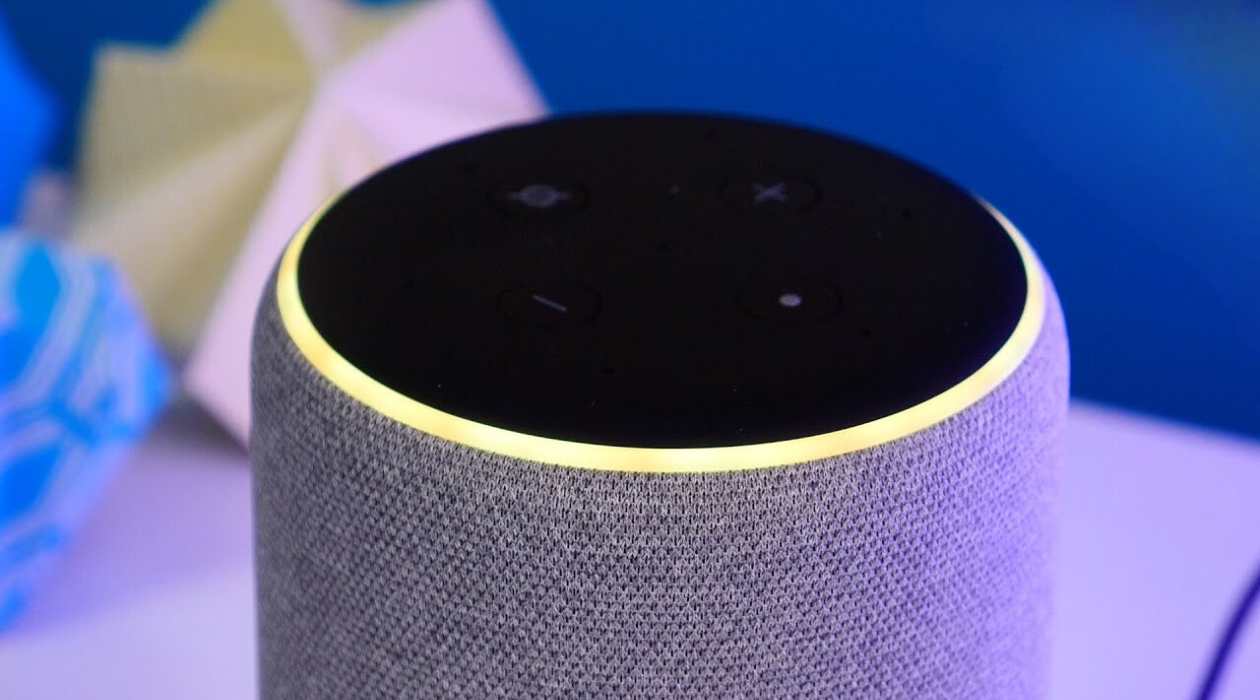
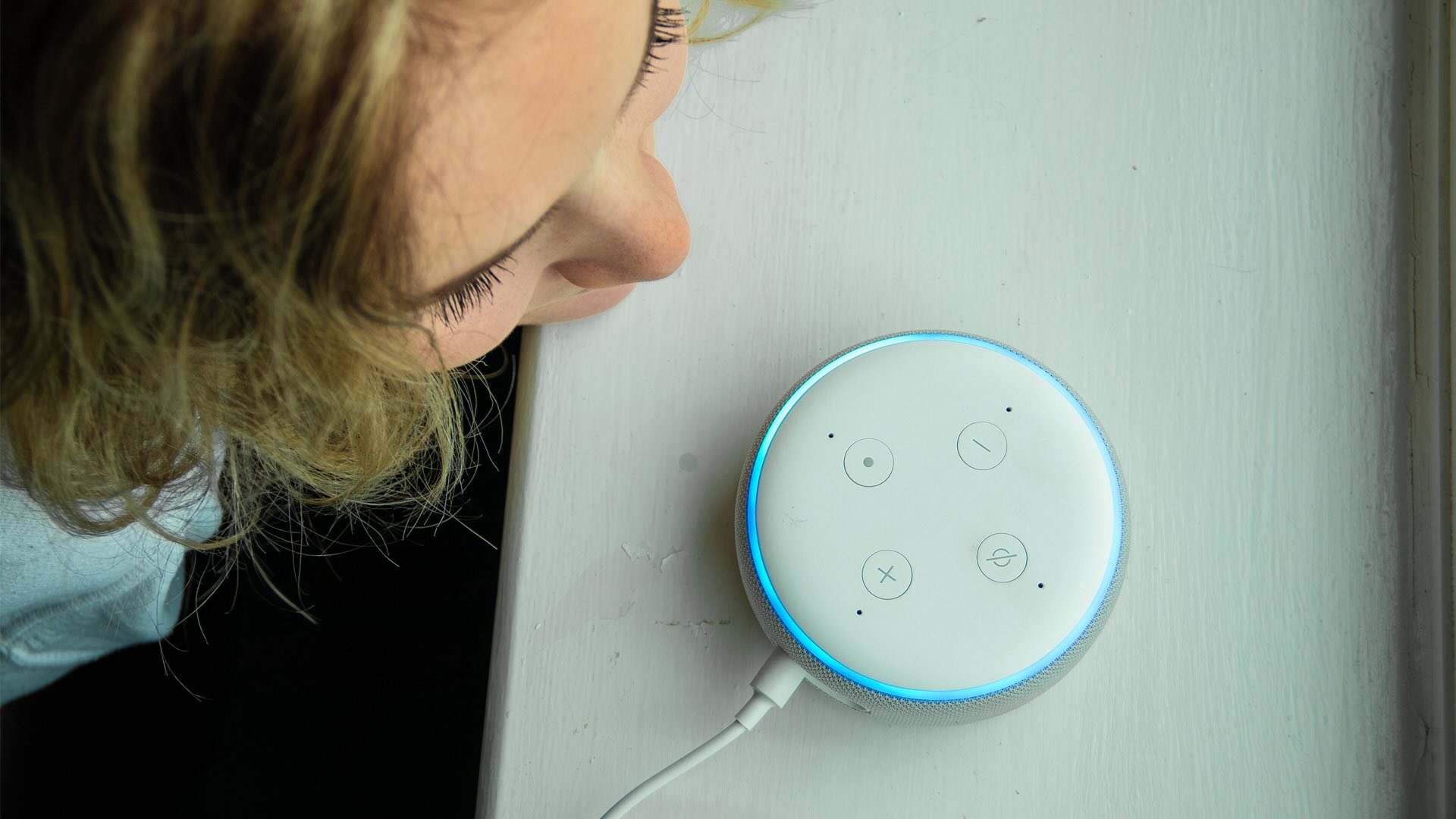
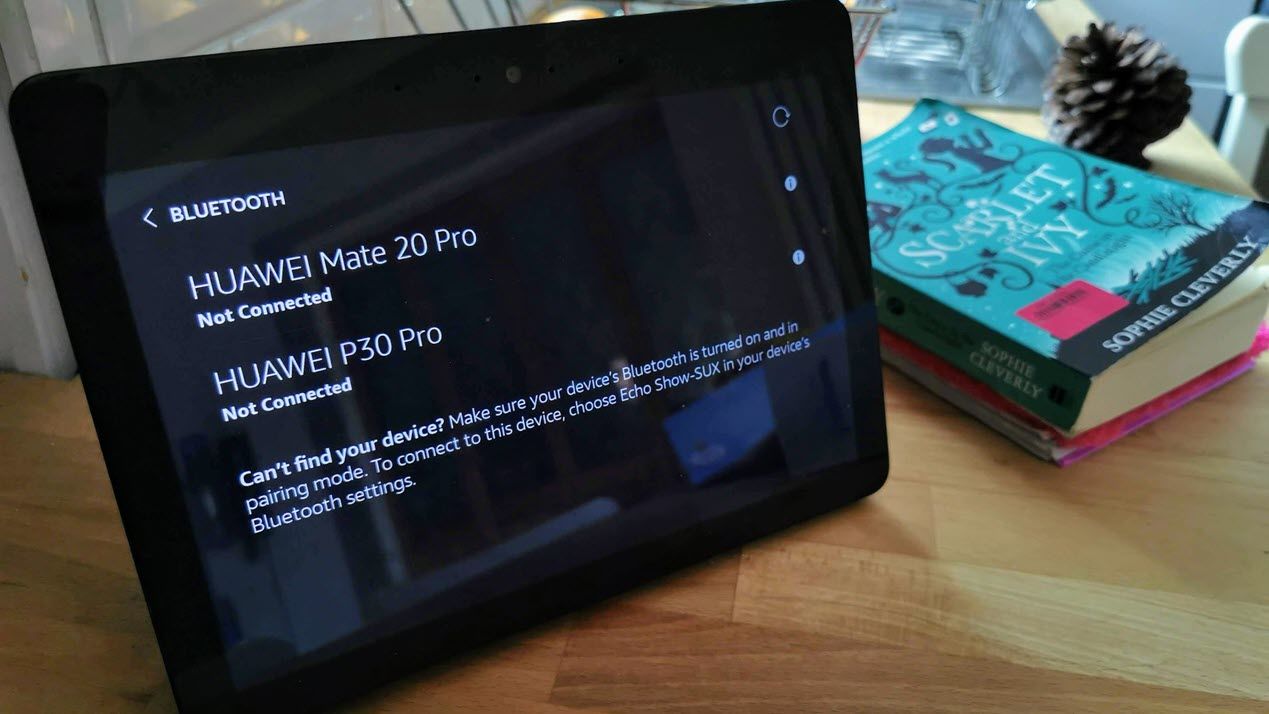

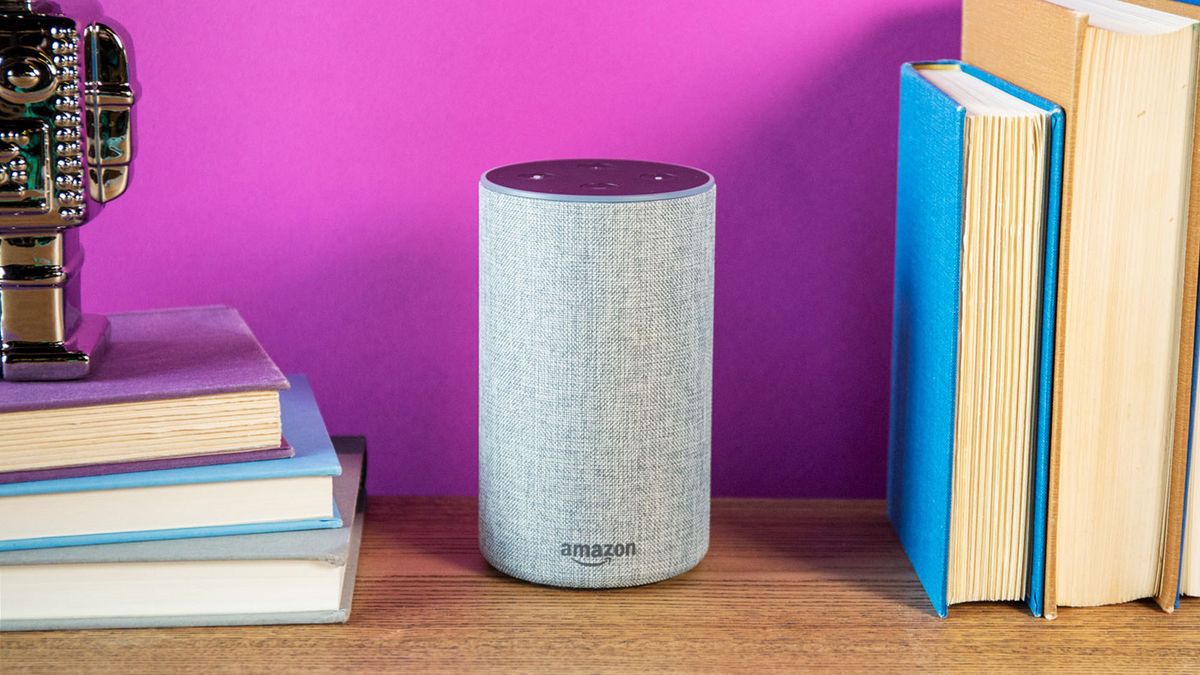
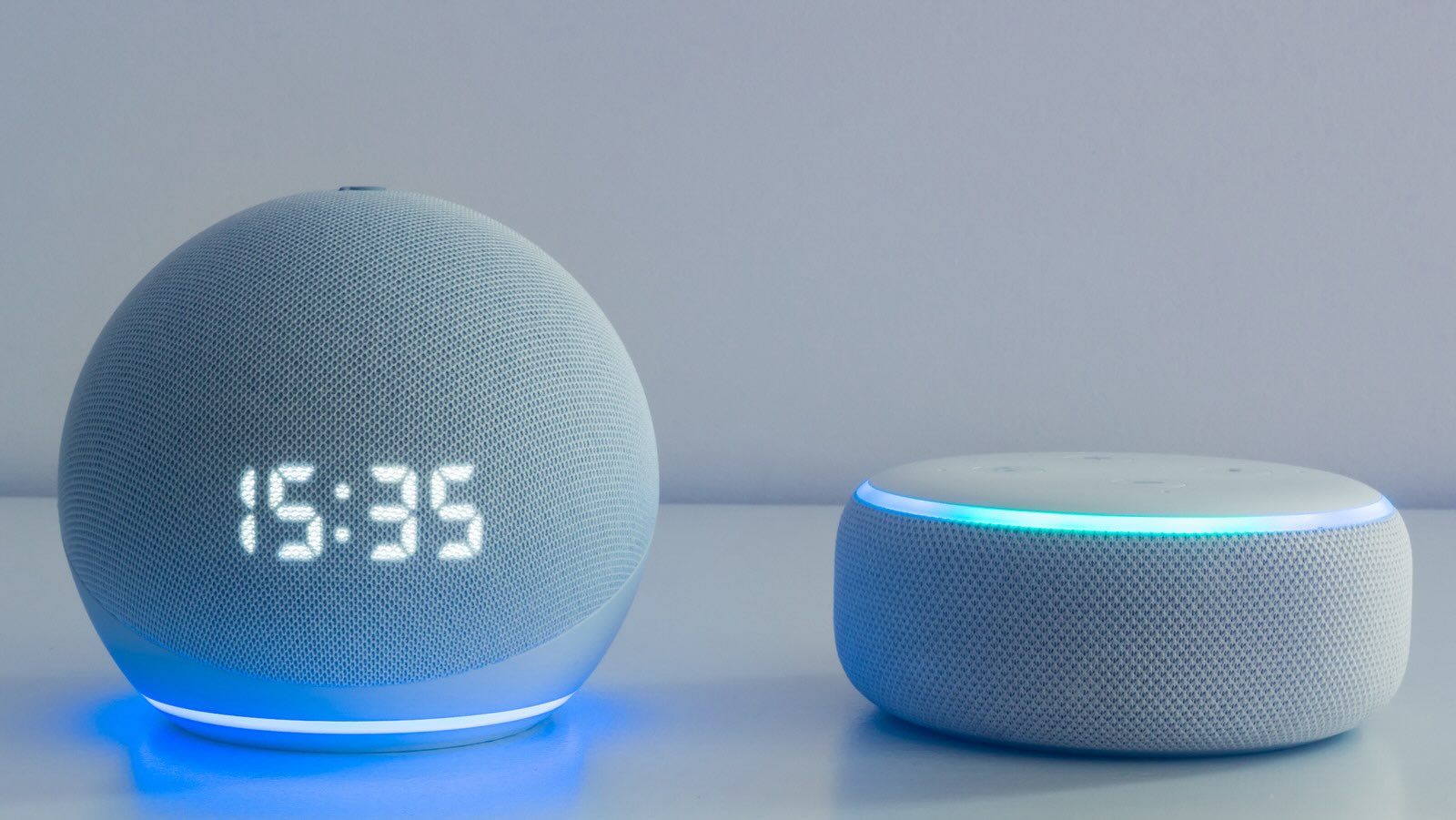
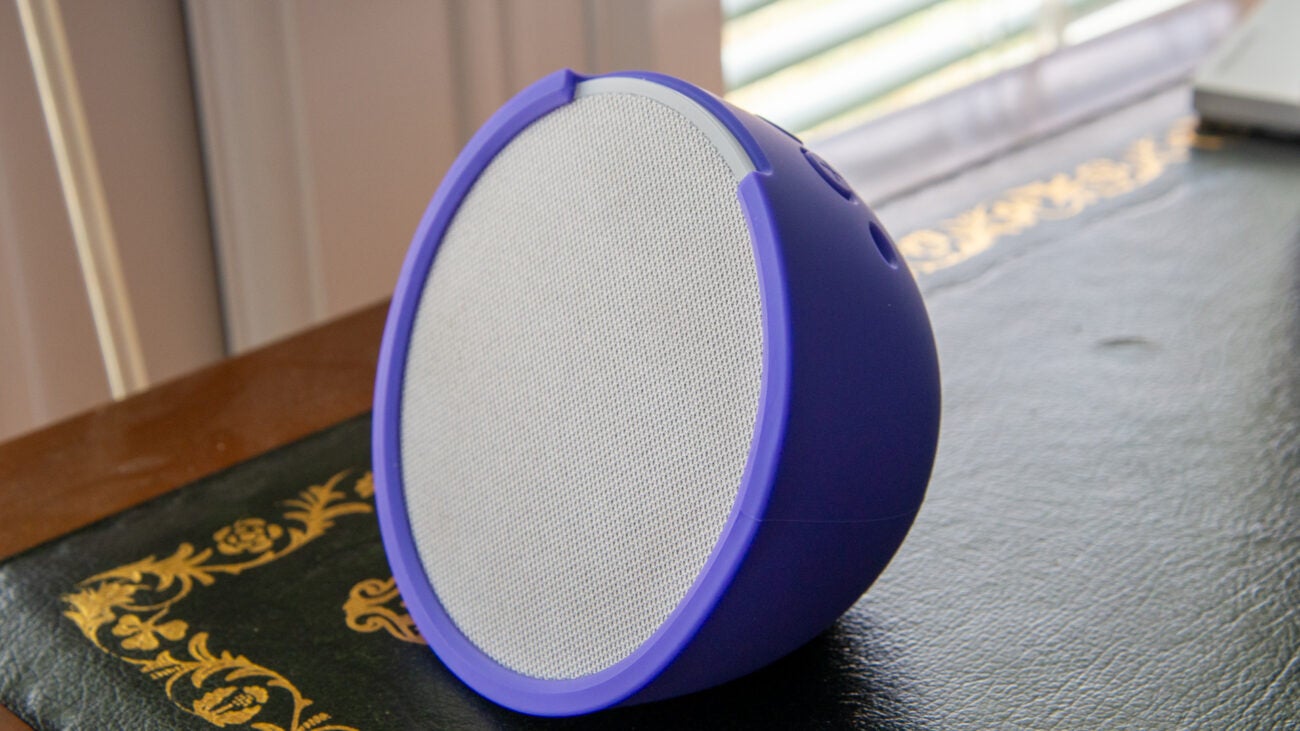

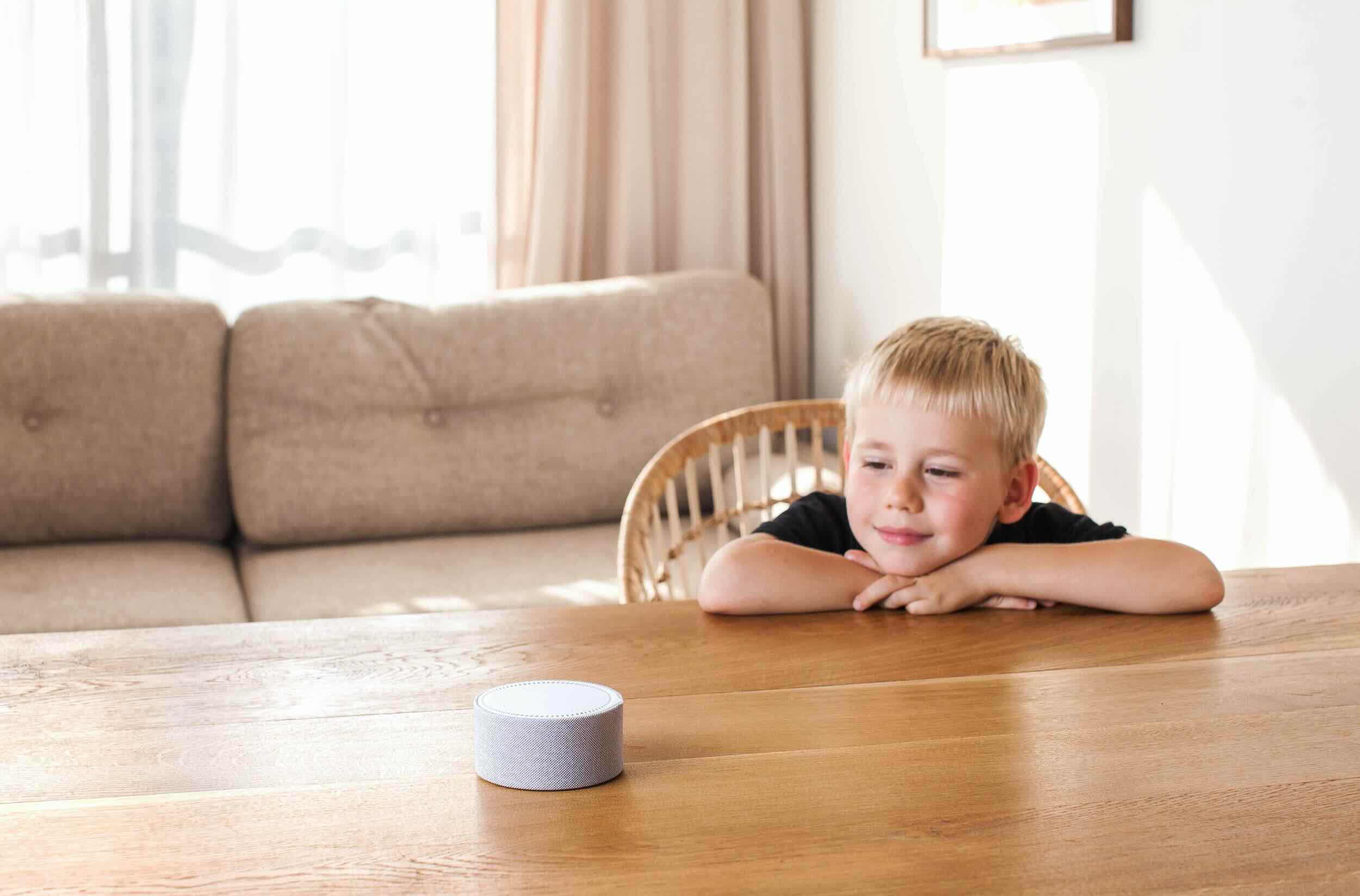
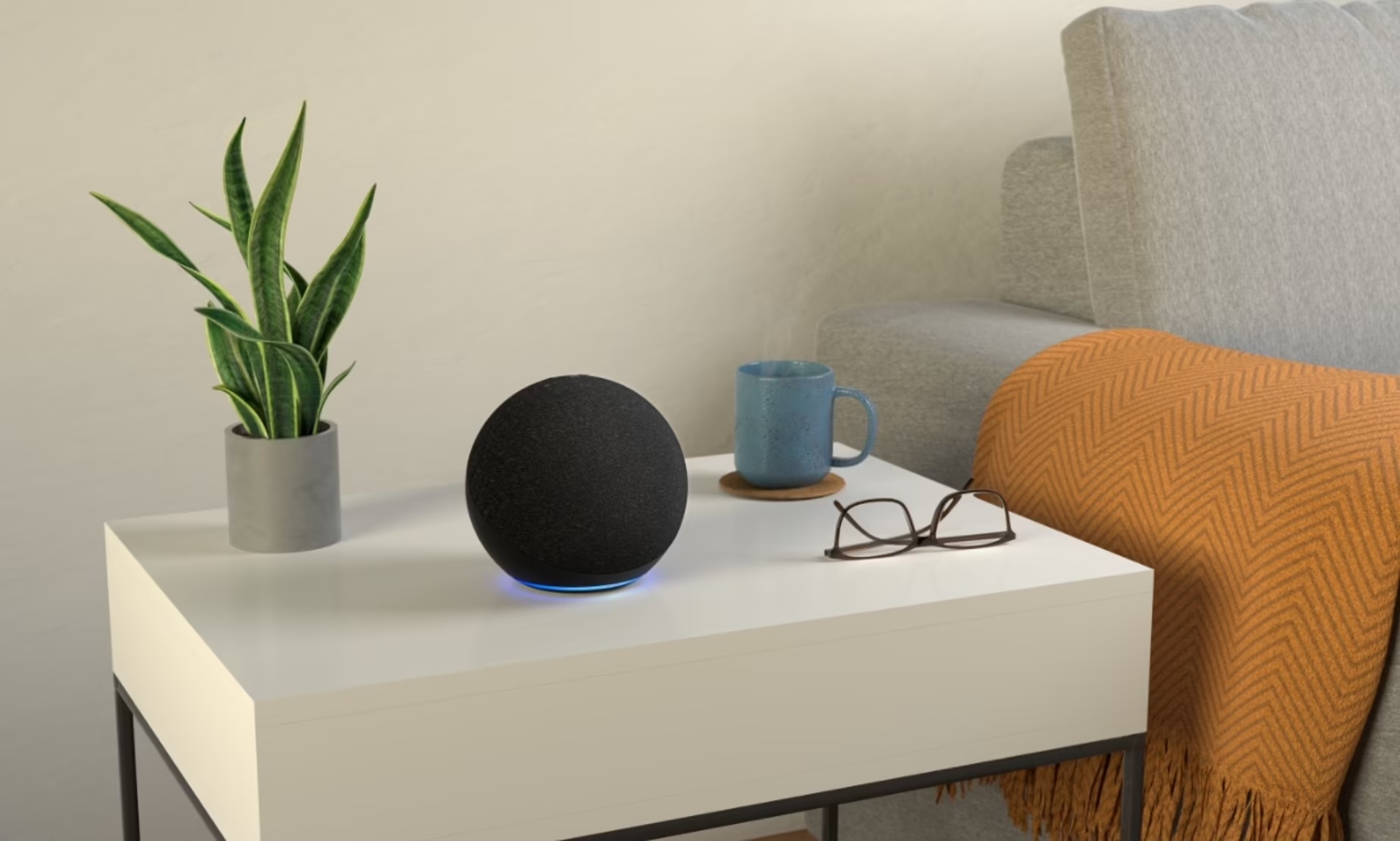

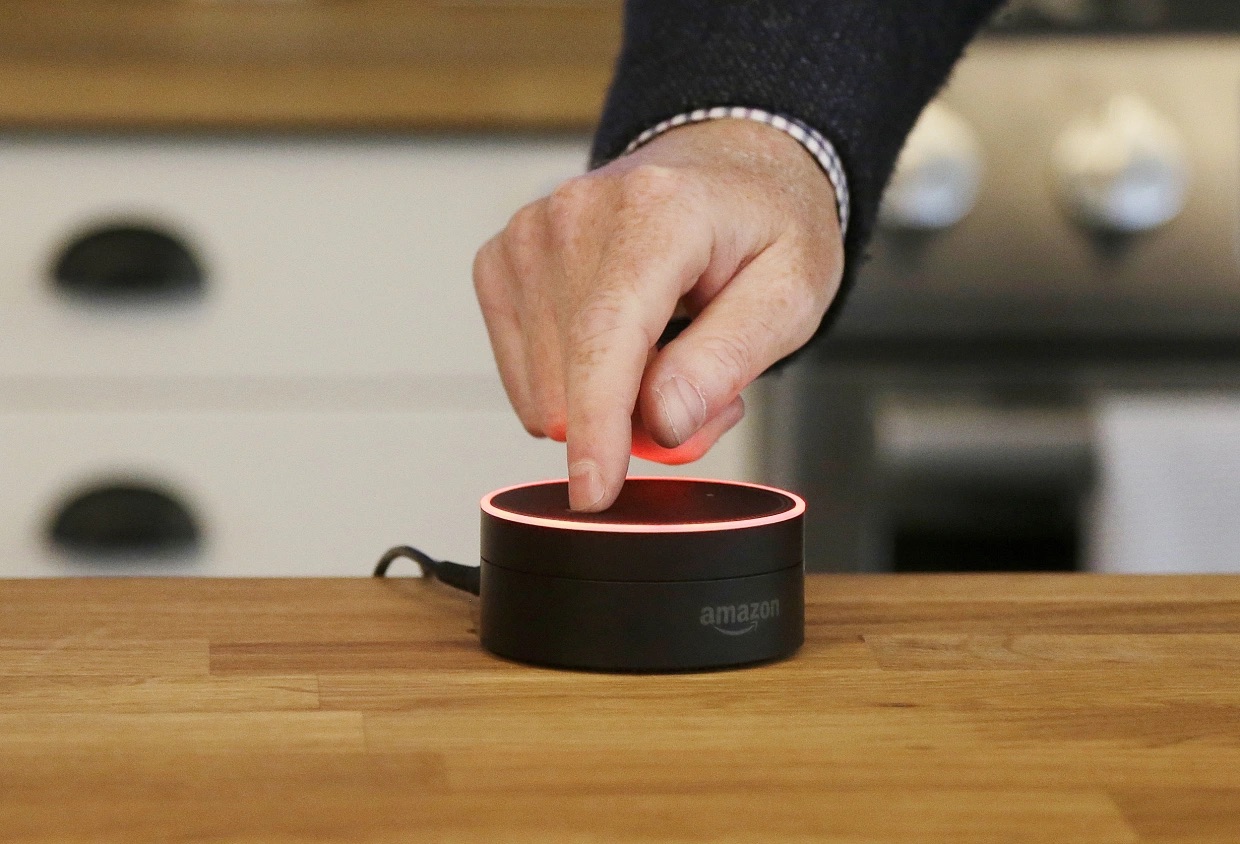
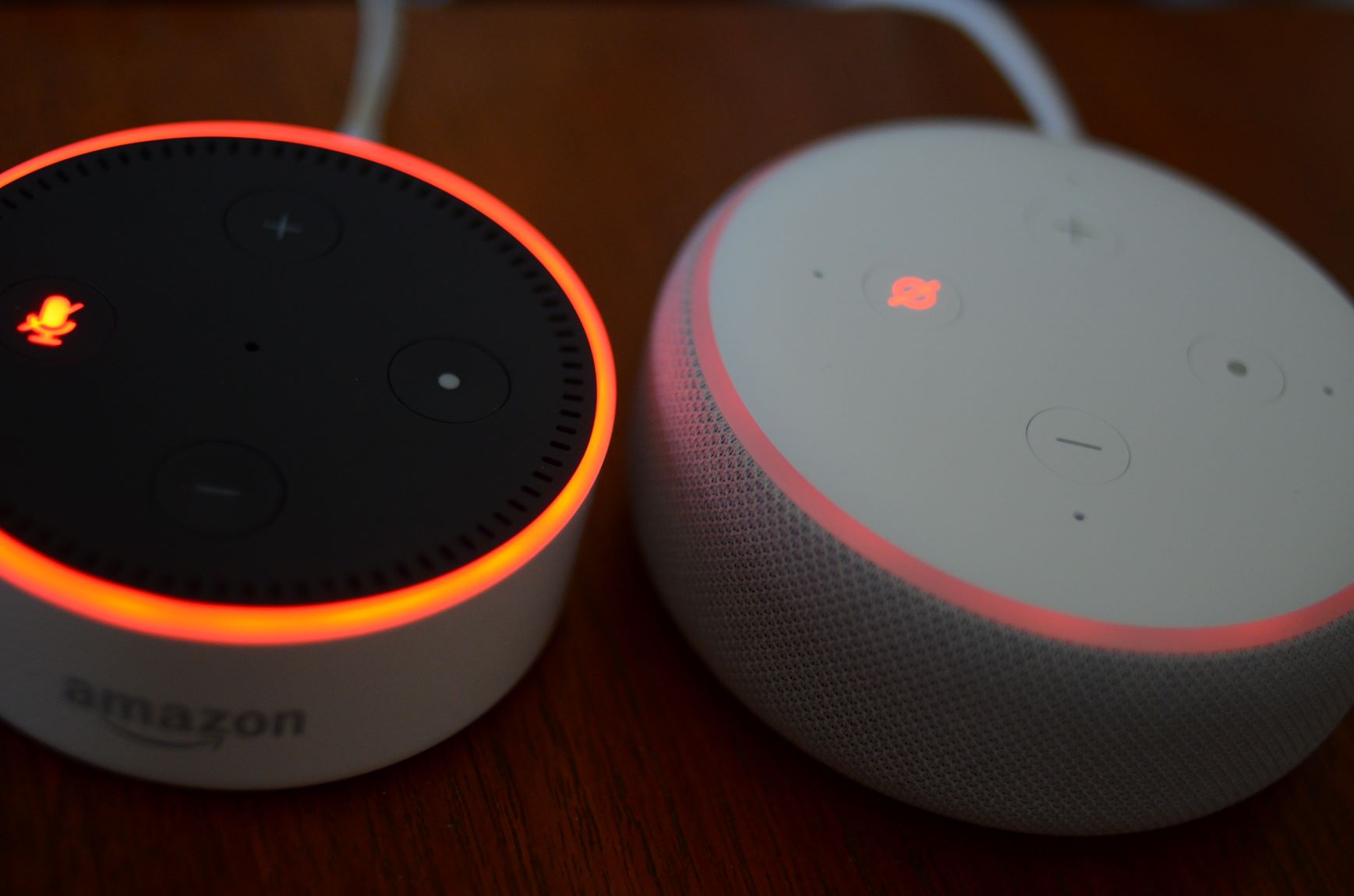

0 thoughts on “Why Was Alexa Invented”